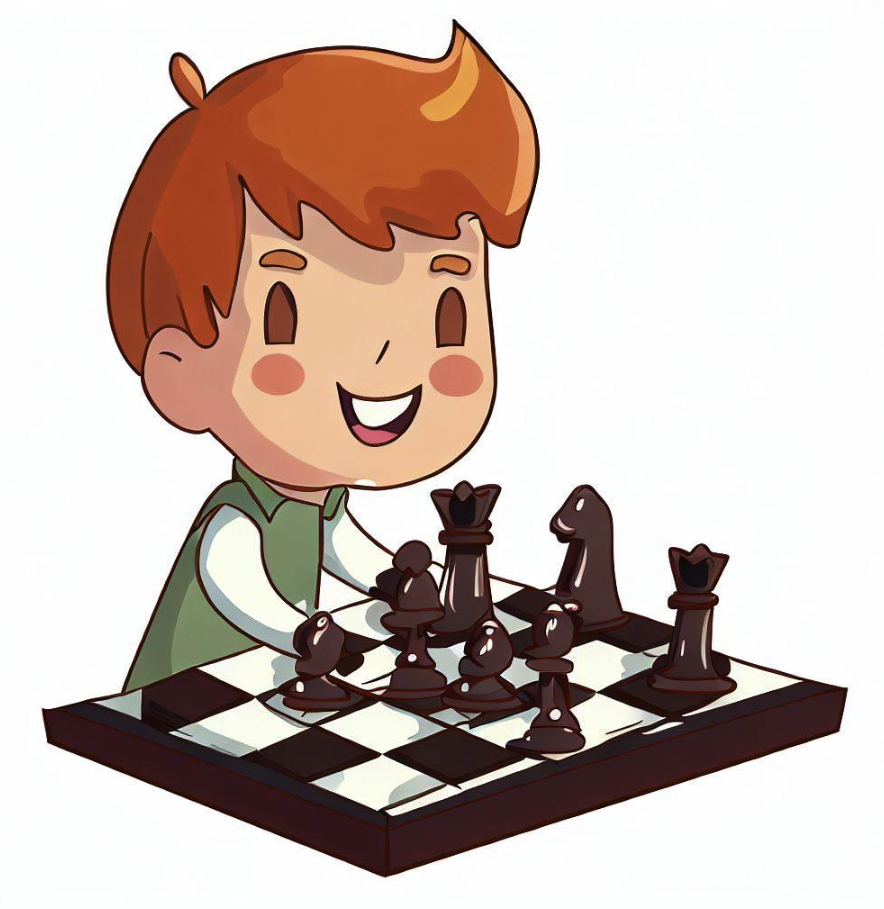“Checkers chess” is an innovative chess variant that combines the strategic depth of traditional chess with the forward-focused movement of checkers.
The twist lies in the movement rules, where pieces cannot move backwards until they have reached the far side of the board.
Basic Rules and Gameplay
The rules of checkers chess can in part mirror those of conventional chess in some ways.
Pieces move in the same way, and the ultimate goal remains the same: to checkmate your opponent’s king.
What sets this variant apart is its unique movement rule.
Every piece, except for the knight, cannot move backwards until it has reached the far side of the board.
This rule immediately introduces a fresh layer of strategy, as pieces that traditionally rely on free movement are now limited in their mobility.
How to play Checkers Chess
Impact on Strategy
This restriction profoundly impacts the strategy of the game.
Players must carefully consider every move, as once a piece has moved forward, it cannot retreat until it reaches the opposite side.
This fundamentally alters traditional opening theories and middle-game strategies.
Piece Dynamics and Strategy
Under these rules, certain pieces will experience dramatic shifts in their roles and value.
Pieces like the pawns, that were traditionally constrained in their forward movement, see relatively little change.
The queen, rook, and bishop, however, face significant restrictions due to their traditional reliance on both forward and backward movement.
This means that these pieces have to be used more judiciously and their typical offensive roles may need to be reconsidered.
The knight is an exception to the backwards movement rule, retaining its standard move pattern, thus increasing its value in the early and middle game.
Opening Strategies in Checkers Chess
In checkers chess, opening strategies differ markedly from traditional chess.
Since pieces are unable to move backward until they reach the far side, a controlled and thoughtful deployment of pieces is crucial.
Aggressive openings that rapidly deploy pieces towards the center of the board may leave a player vulnerable.
Instead, a more conservative, methodical approach is often favored, allowing for a steady advancement of pieces.
Endgame Strategies in Checkers Chess
Endgame strategies in checkers chess also diverge from those in traditional chess.
With pieces constrained in their movement, opportunities for trapping and cornering the opponent’s king may arise more frequently.
On the other hand, stalemates may also occur more often due to the limited mobility of pieces.
Players must remain mindful of these possibilities, and adapt their strategies accordingly.
Conclusion
Checkers chess presents a fascinating twist on traditional chess, one that adds a whole new dimension of strategy.
By restricting pieces from moving backwards until they reach the far side, players must rethink and adapt their strategies.
Whether you’re a seasoned chess player looking for a new challenge or a checkers enthusiast seeking a deeper strategic experience, checkers chess offers a unique blend of the two that will test your tactical acuity and strategic thinking.


